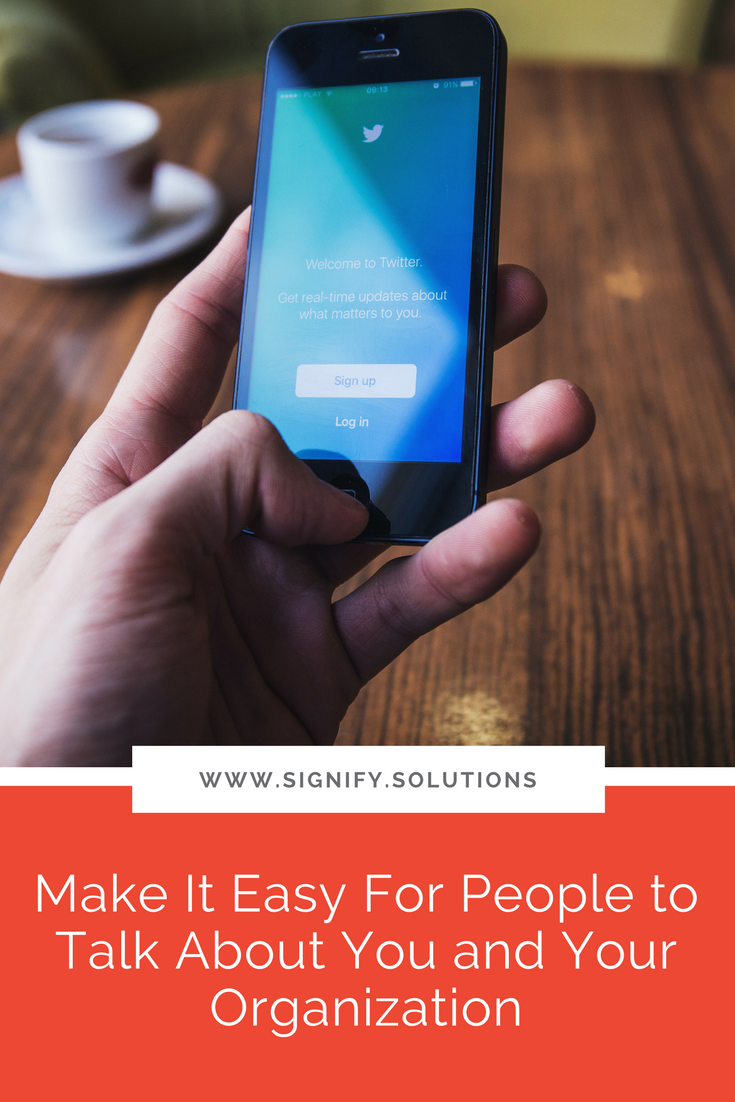Each month, I invite guest contributors to speak about timely, relevant, and sought-after topics that are important for cause-focused organizations like yours to be aware of as you grow. For August, I've invited my friend, Jen Gordon, to share about uncovering the hidden desires of your donors and customers. Understanding your audience will be a key to your success.
Q. What are the latest trends in your industry?
A. What I’m seeing lately is a trend toward companies identifying their marketing strategy first, and then outlining the tactics they will take to align with that strategy. By “strategy," I mean really digging into the hidden and unspoken desires of your prospect, and developing your approach to that audience around those wants.
In the past I’ve seen marketers using tactics like, “Hey, let’s send out a direct mail piece like the one I saw from XYZ organization.” Or, “Oh, let’s send an email campaign about our next fundraiser,” before truly identifying why their prospects would want to engage the content.
There has always been interest in the marketing world around the psychology of marketing, but today there is a lot more content readily available about the psychological drivers that cause prospects to take a certain action, to leave, buy, or donate. Nir Eyal writes a blog that focuses on consumer behavioral triggers and habits. Though most of his work focuses on software development, the concepts he teaches are applicable to any industry.
Q. What is the biggest mistake you see people making in regards to what you do?
A. One of the mistakes I have seen many times over the years of creating landing pages and sales funnels is that business owners may have a short-term plan or campaign they want to launch, but don’t have a clear roadmap for the year in terms of where they want to be in 30/60/90 days or six months, etc. They generally know what they want to achieve, but the path getting there is often unclear.
Right now, I’m working on a marketing calendar (with some inspiration from this SEJ post) for my own product, the Hope Deck, using Google Sheets, Google Calendar and Trello—all free tools!
Q. What is your best piece of advice?
A. If you aren’t trained on how to uncover your prospect, donor, or customer’s hidden, unspoken wants/desires, then find someone who is. :) Learning how to do this while working on the Hope Deck has completely changed how I connect to, and communicate with, my audience.
It has allowed me to understand how I can bring the maximum amount of value to my customers. I no longer assume that I am a part of my target audience, which I have done in the past. My mind is open to a wider range of problems people want to solve, and emotions they want to feel or not feel.
Q. What is one thing readers can do this week to improve?
A. Start figuring out what your audience really wants—not what they need, but what they want. I created a spreadsheet for the Hope Deck where I am in the process of identifying my customer’s unspoken desires. Don't get overwhelmed. Keep it simple to begin, and then edit or expand it over time.
Q. Anything else we should keep in mind?
A. The best way to uncover these hidden wants and desires is to actually talk to your customers or donors. I’d recommend recording the conversations, if possible, so you can review them later and pick up on details you may miss in the moment. Another option is to get them in writing through emails or surveys. You'll then use their language when speaking to them in your emails, social media, and any other communication pieces, so that it's familiar and relatable.
And be sure to ask them open-ended questions about why they choose to partner with, donate to, purchase from, or do business with you. Most of the time they won’t express their hidden desires outright, but you can infer from their answers what is important to them, and from there brainstorm motivation, emotional triggers, and things like that.
Jen Gordon is a momma, artist, and entrepreneur based in Atlanta, Georgia. For the past eight years of her career, she’s specialized in conversion centered design, working closely with marketers and business owners to increase sales by testing and optimizing their sales funnels. Her geeky passions include finishing stuff, brain rewiring, crafts of any sort, and anything Dolly Parton has ever said or sung. :) You can find her latest creative project, a collection of inspirational postcards, at www.HopeDeck.com.
PIN THIS POST FOR LATER:
I'm Kristi Porter, and I started Signify to provide writing, consulting and strategy services to nonprofits and for-profit organizations with a social mission, primarily through copywriting, marketing and business communications. I believe that cause-focused organizations like yours are the future of business. You're proof that companies can both make money and do good. And I'm here to help you get noticed and grow. When you succeed, we all win.

















































